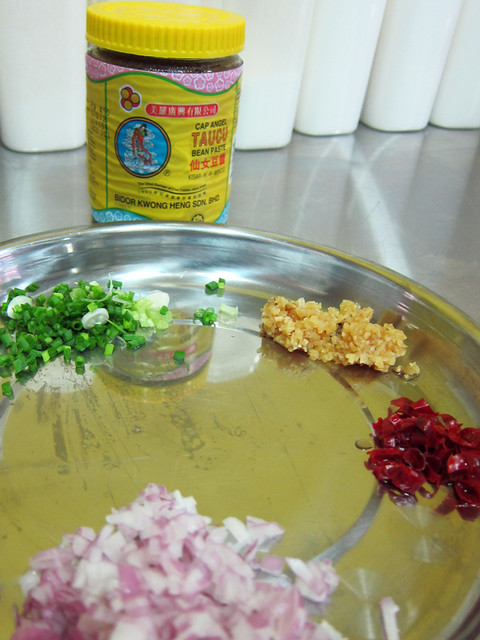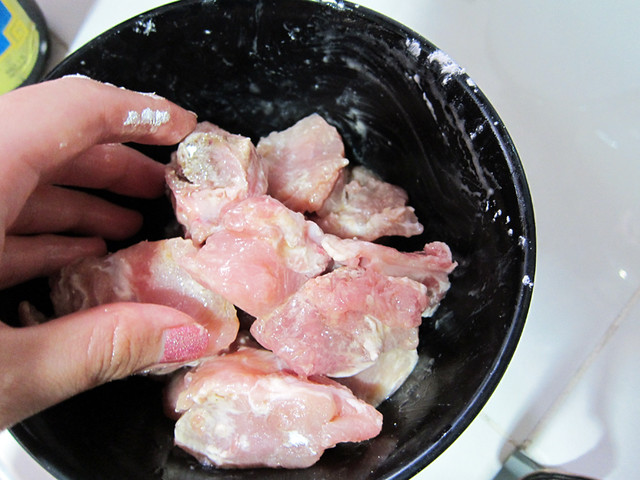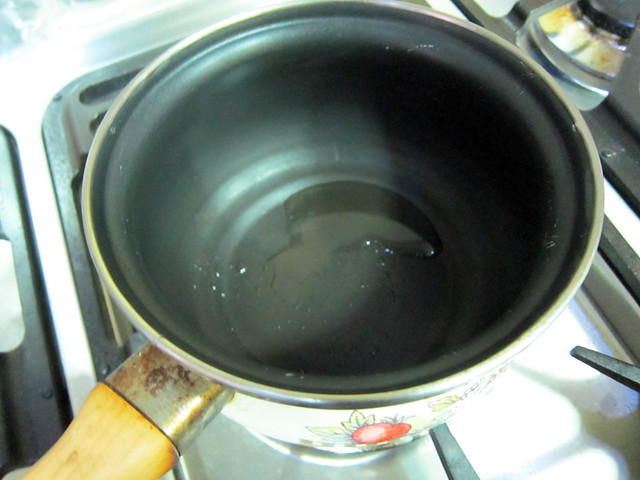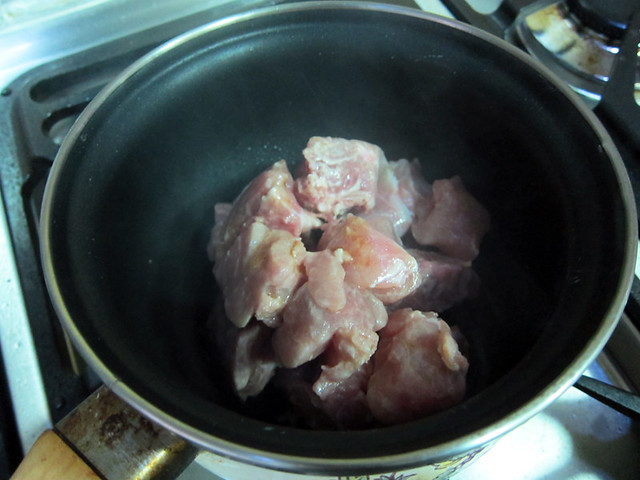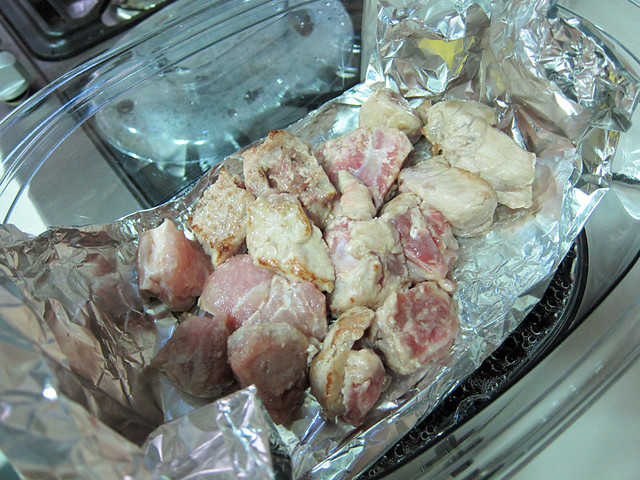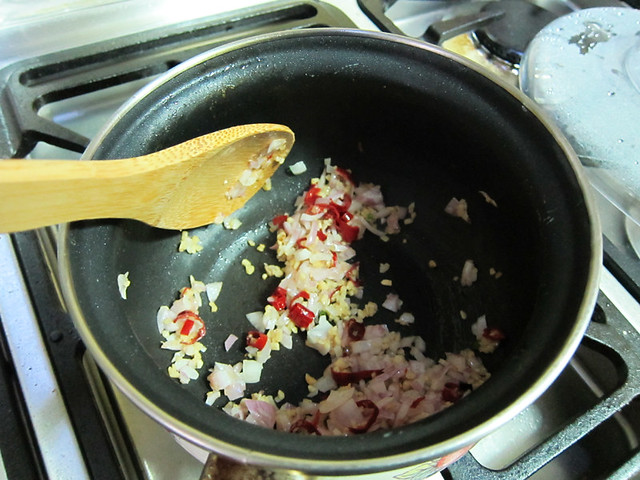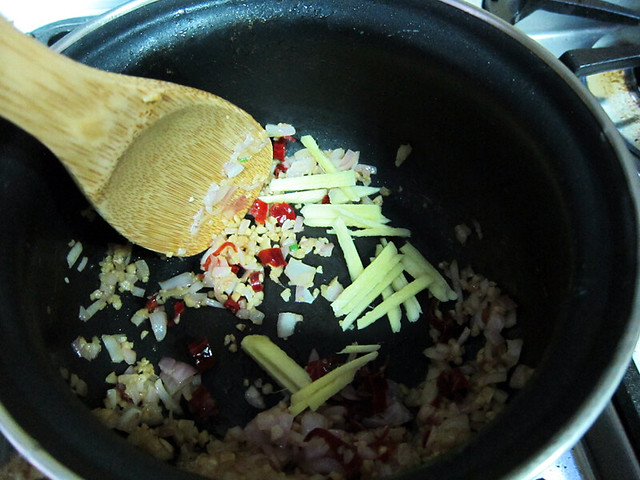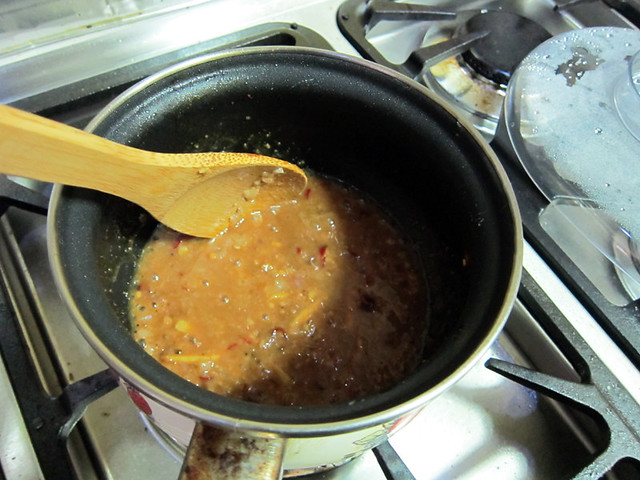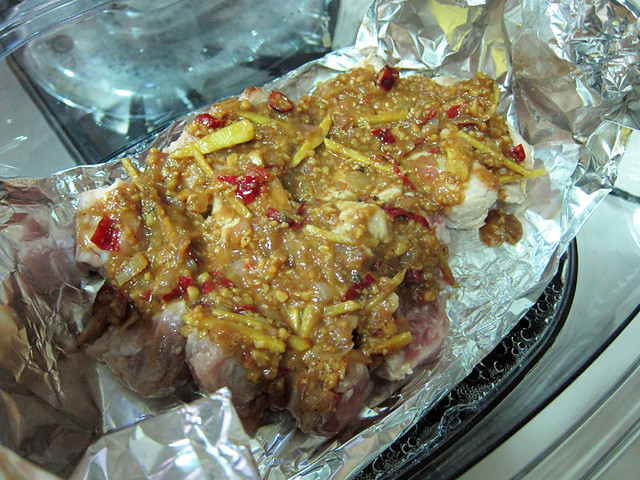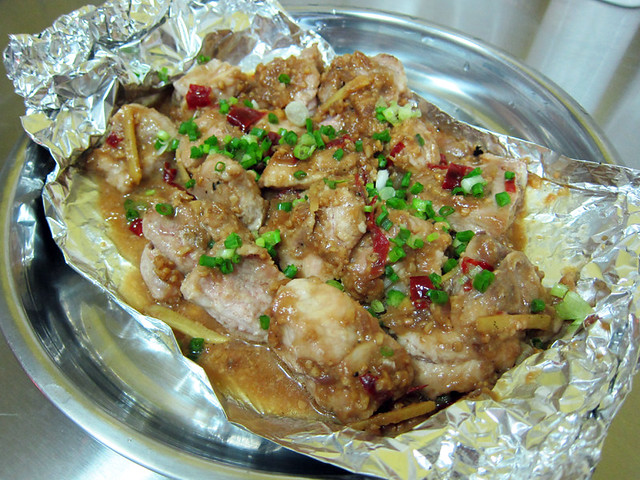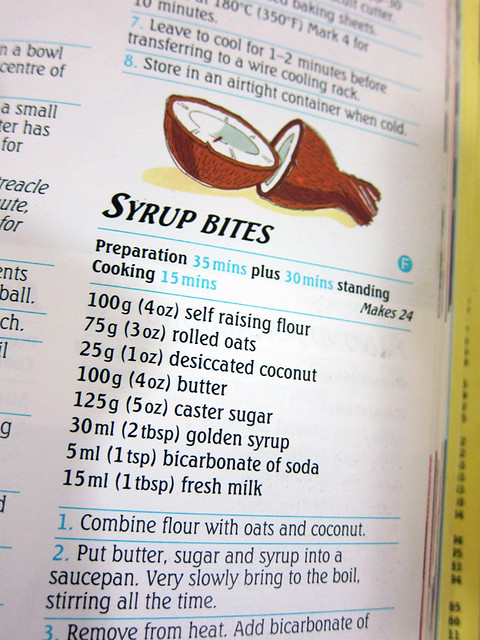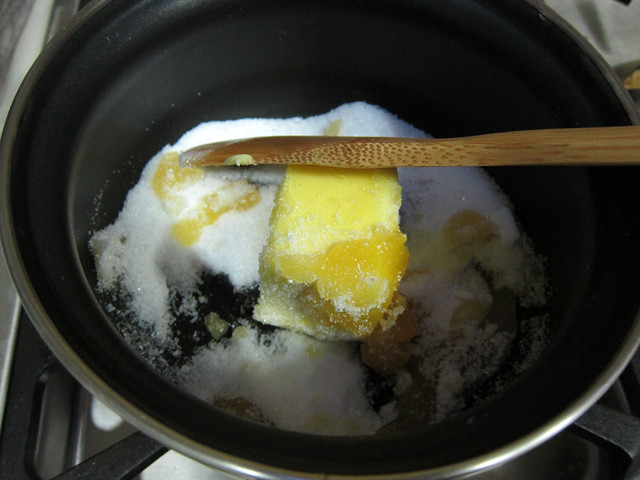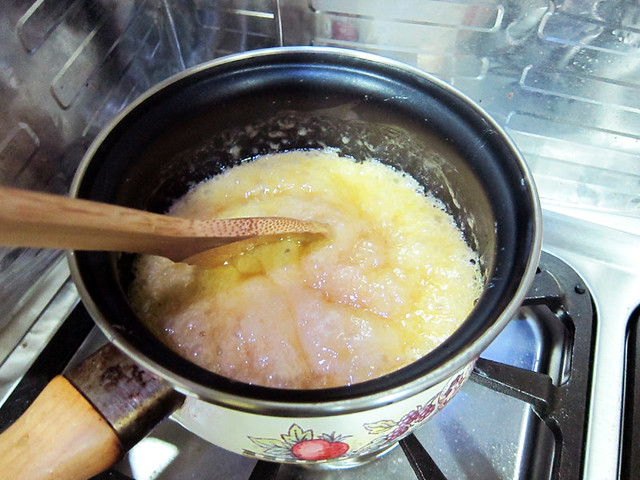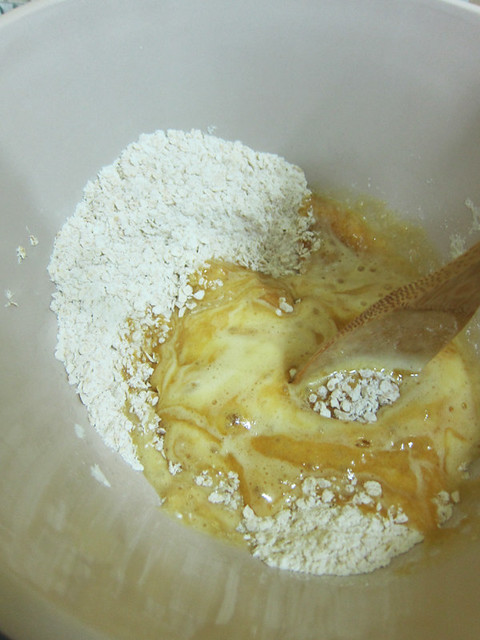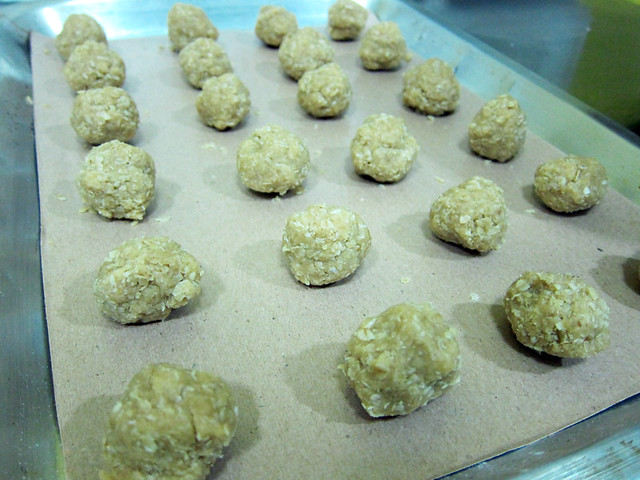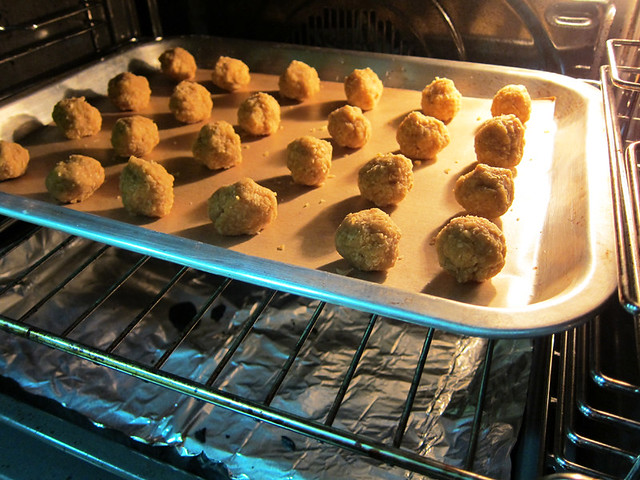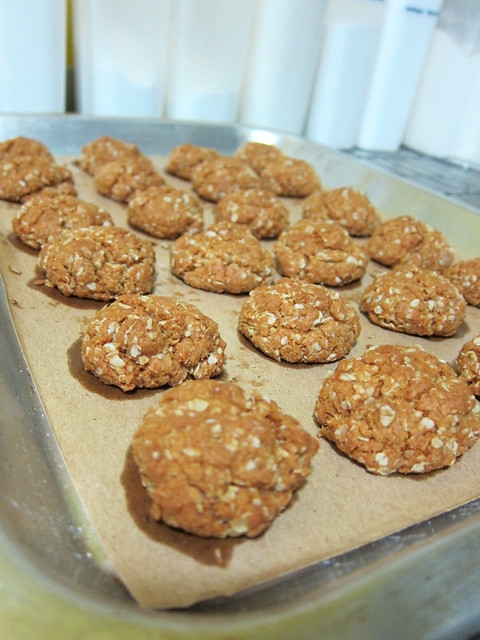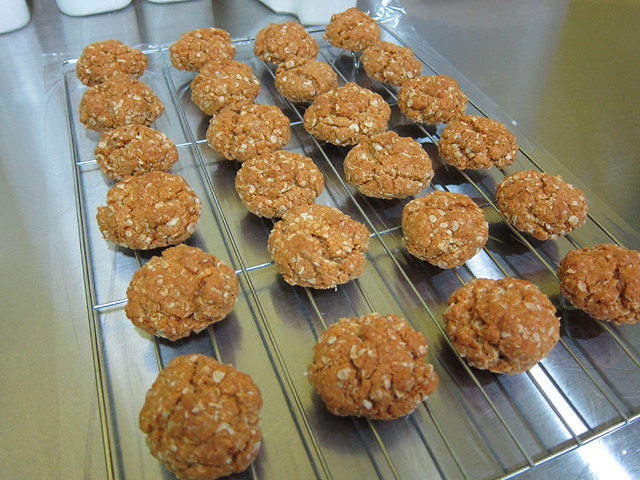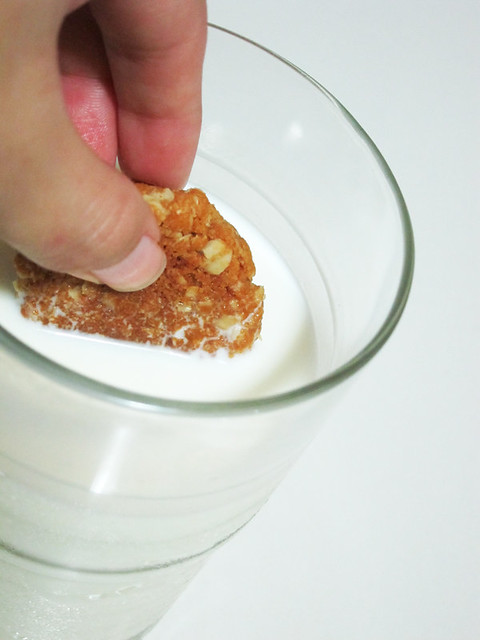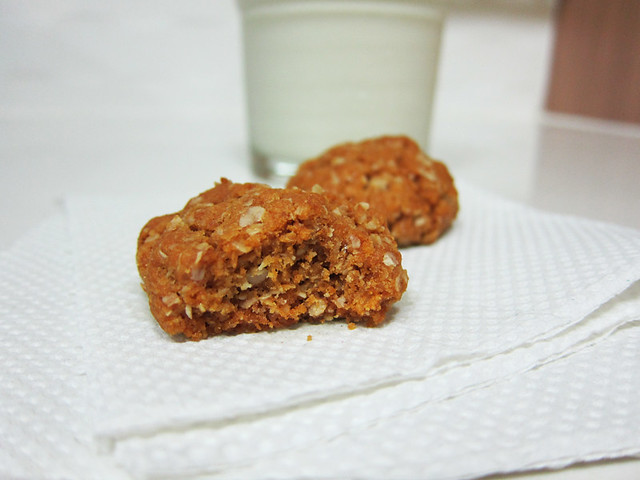How to poach an egg: Boil water, add some vinegar, stir water to create a whirpool-like effect, crack an egg into the eye of the “whirpool” and voila……poached eggs! Easy peasy right?
Nope. Not even close.
Poaching eggs is one of the single most difficult and frustrating things I’ve ever done in the kitchen. My eggs always disintegrate in the water. I often was not able to drain the eggs properly, resulting in something that remotely resembled a poached egg, which tasted of vinegary water. Nasty, nasty stuff.
They say you should use the freshest eggs but hello I don’t live on a farm and I don’t always want to eat poached eggs immediately after buying new eggs. And heck, I don’t even know how fresh the eggs are from the supermarket. On top of that, what exactly does “fresh” mean? Right out of the hen’s cavity? 1 to 2 days after birth? 1 to 2 weeks? Can somebody tell me?
So imagine how happy I was, when I managed to catch an episode of Master Chef Australia which taught the contestants how to poach an egg in a way entirely different from what I’ve read or watched before.
All you need are:
- Clingwrap film
- Eggs
- Oil
# – First, tear out a clingwrap film about 25 cm by 25 cm for one egg. Lightly grease the middle with cooking oil. This step is important so that later, the cooked egg could slide off the film easily.
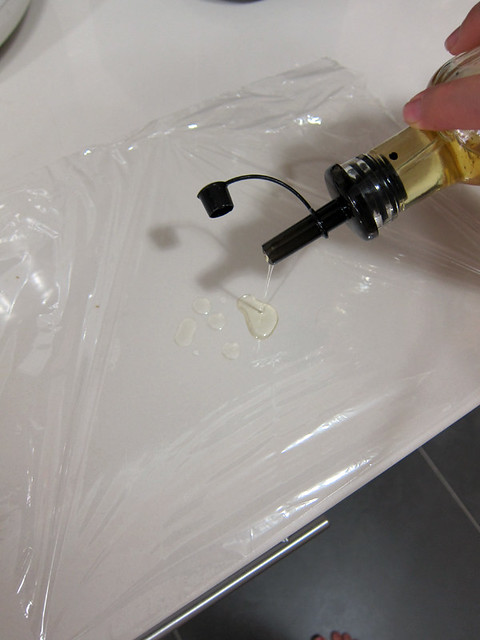
# – Lay the film over a small bowl or in my case, a muffin tray. Push the film down to make a hole.
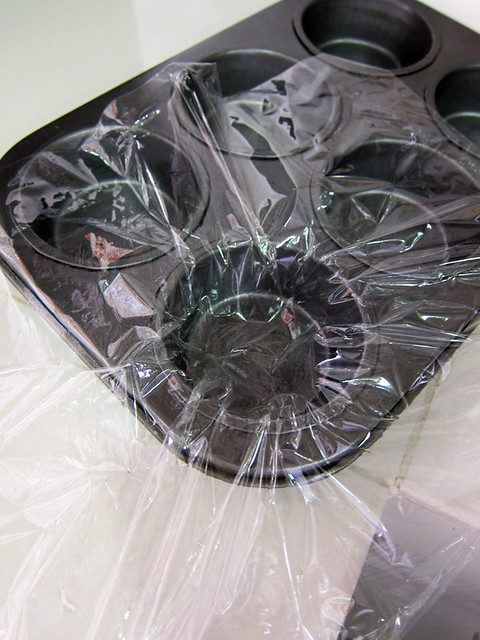
# – Now crack an egg into the hole.

# – Gather all the excess cling film and twist.
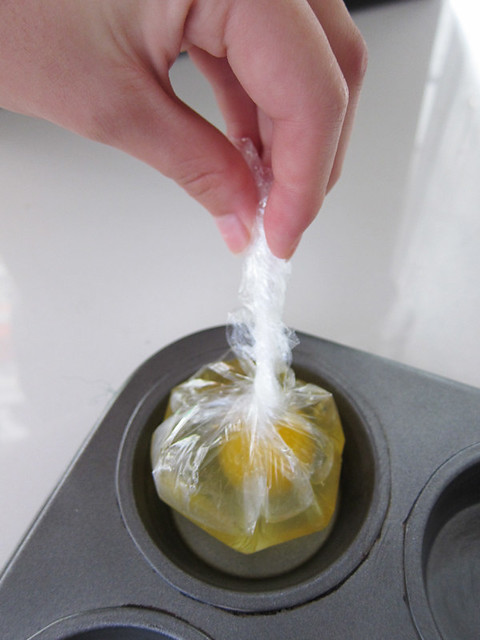
# – Then tie a knot, like this.
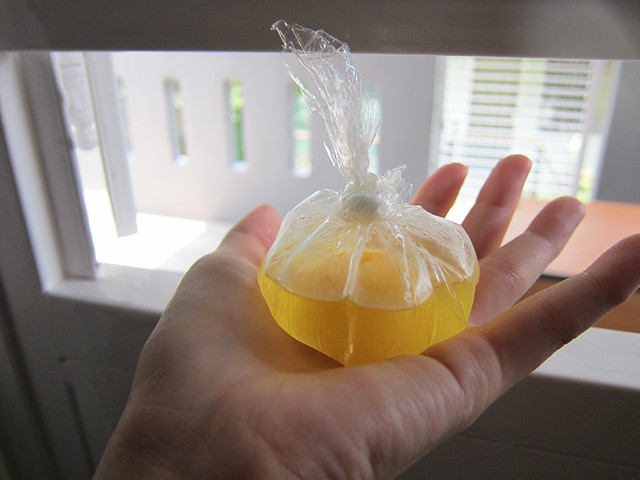
# – Yay, four parcels of happiness!

# – Now heat up a pot with enough water to reach the level just below the parcel knots on low heat. Do not boil, just let it simmer (just some small bubbles instead of violently bubbling). Gently put the egg parcels in.
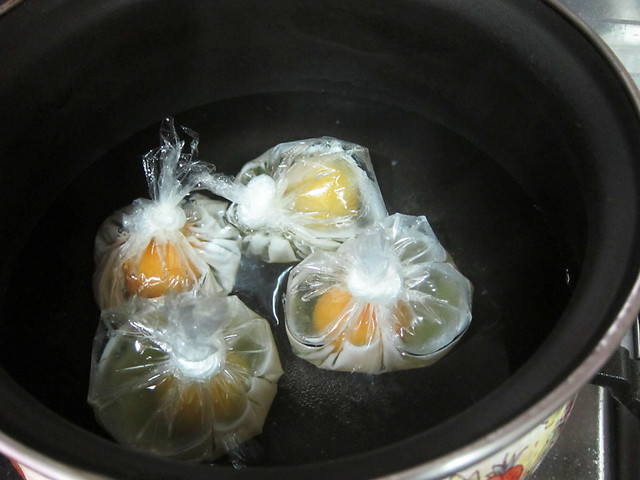
This is the moment where I implore you to get a kitchen timer. I got mine for only RM5 from Daiso.
- If your eggs are right from the fridge and are really cold, simmer for 5 minutes.
- If your eggs are room temperature, simmer for 3.5 – 4.5 minutes depending on how runny you like your yolks.
When the eggs are done, turn off heat and pick out the parcels from the water. Lay them on a towel to absorb some moisture. Then, place each parcel on top of a toast or muffin or bagel or whatever that you want to eat it with.
Cut off the parcel knot. Gently peel film off away from the egg. Now keep the egg steady with your finger or a spoon, gently pull the film out from under the egg.
# – And you’ll get a perfectly poached egg in a nice shape to boot. Serve with hollandaise sauce if you’re feeling fancy or in my case, just some pepper and salt atop a wholemeal toast ;)
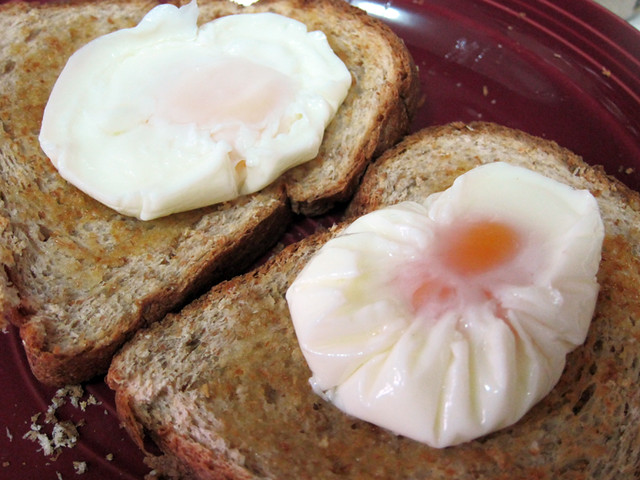
So ladies & gentlemen, the idiot proof way to poaching eggs. No wastage. No worries about whether eggs are fresh or not. No scrubbing stray egg whites off pot. And most importantly, no more soggy, slightly tart poached eggs!
Update:
I understand there are concerns about subjecting the plastic clingwrap to high heat. Mine is a non-toxic clingwrap from Glad with temperature tolerance of up to 110 degrees celcius and also microwaveable. It’s also stated that it can be used for steaming food and with this in mind, I believe it can be treated with simmering water.
# – Temperature tolerance: 110 degrees celcius.
So do check that your clingwrap film is safe to be heated in simmering water!


